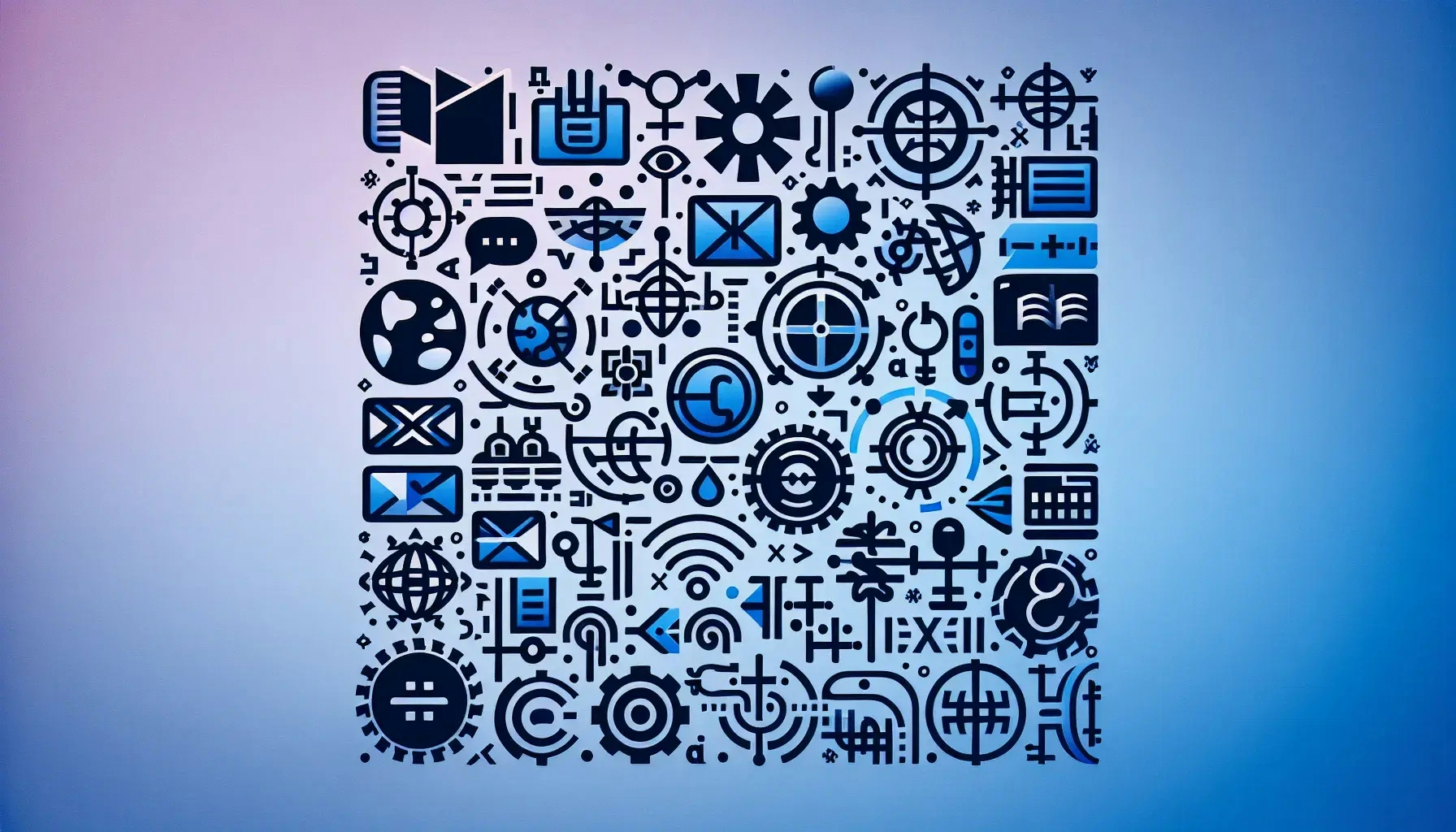In a world reshaped by the COVID-19 pandemic, we find ourselves navigating new terrains, one of which is linguistic diversity. This blog post takes you on a journey through the changes and challenges in linguistic diversity in the post-COVID world. We will explore how the pandemic has influenced language use, the role of technology, and the implications for multilingual societies.
The Impact of COVID-19 on Language Use
The COVID-19 pandemic has undeniably left its mark on language use globally. Social distancing measures have led to a surge in digital communication, altering the way we interact and use language.
In the face of these changes, languages have shown remarkable resilience and adaptability. New words and phrases have emerged, reflecting our shared experiences during the pandemic. Terms like 'social distancing', 'lockdown', and 'flatten the curve' have become part of our everyday vocabulary.
Moreover, the pandemic has highlighted the importance of clear and effective communication. Accurate translation and interpretation of health information have been crucial in ensuring public understanding and compliance with health guidelines.
The Role of Technology in Promoting Linguistic Diversity
Technology has played a pivotal role in promoting linguistic diversity in the post-COVID world. With the shift to online communication, digital platforms have become the primary medium for language use and learning.
Language learning apps have seen a surge in usage, as people use their time in lockdown to learn new languages. These apps not only provide access to a wide range of languages but also foster a sense of global community among learners.
Moreover, technology has facilitated the preservation and revitalization of endangered languages. Digital platforms provide a space for these languages to be used and learned, ensuring their survival in the digital age.
Challenges to Linguistic Diversity in the Post-COVID World
Despite the opportunities, the post-COVID world also presents challenges to linguistic diversity. One major concern is the digital divide. Access to digital platforms and resources is not equally distributed, leading to disparities in language use and learning.
Furthermore, the dominance of certain languages online threatens linguistic diversity. English, in particular, is often the default language of digital platforms, which can marginalize speakers of other languages.
Lastly, the pandemic has exacerbated the vulnerability of endangered languages. With communities in lockdown, opportunities for intergenerational language transmission have been limited, putting these languages at greater risk of extinction.
The Importance of Multilingualism in the Post-COVID World
Multilingualism is more important than ever in the post-COVID world. It fosters cross-cultural understanding and cooperation, which are crucial in our interconnected world.
Moreover, multilingualism enhances cognitive abilities and promotes mental health. Learning a new language can be a source of personal fulfillment and a way to cope with the stress and isolation of the pandemic.
Lastly, multilingualism is a key aspect of cultural identity. In a time of global crisis, maintaining linguistic diversity can help preserve cultural heritage and strengthen community resilience.
Strategies for Promoting Linguistic Diversity in the Post-COVID World
To promote linguistic diversity in the post-COVID world, we need to address the challenges and harness the opportunities.
Firstly, we need to bridge the digital divide. This involves improving digital infrastructure and accessibility, particularly in underserved communities.
Secondly, we need to ensure linguistic inclusivity in digital platforms. This can be achieved through multilingual interfaces and translation features, as well as policies that promote language diversity.
Lastly, we need to support endangered languages. This involves community-led initiatives, as well as the use of technology for language documentation and revitalization.
The Future of Linguistic Diversity in the Post-COVID World
The future of linguistic diversity in the post-COVID world is uncertain, but not without hope. The pandemic has brought challenges, but it has also opened up new possibilities for language use and learning.
In the face of these changes, we need to be proactive in promoting linguistic diversity. This involves not only policy changes and technological innovations, but also a shift in our attitudes towards languages.
We need to value all languages as part of our shared human heritage, and recognize their role in shaping our identities and experiences. Only then can we truly journey through linguistic diversity in a world post-COVID.
Navigating Linguistic Diversity in a World Transformed by COVID
As we navigate the post-COVID world, we must acknowledge the profound impact the pandemic has had on linguistic diversity. While challenges exist, so do opportunities for promoting language use, learning, and preservation. By embracing technology, fostering multilingualism, and valuing all languages, we can ensure a linguistically diverse future in a world transformed by COVID.

